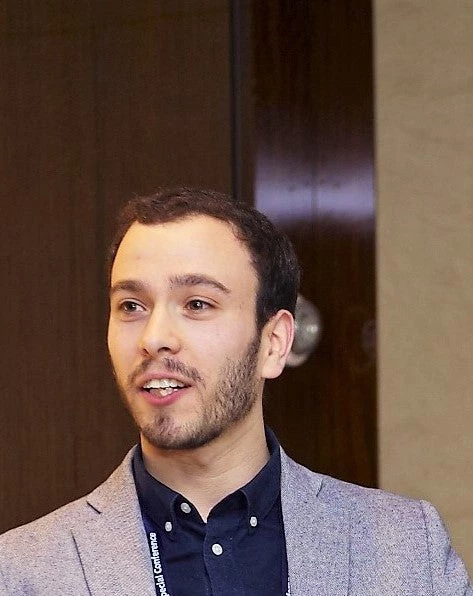Eliminating extreme poverty by 2030 requires shifting attention to the places where poverty is most entrenched. What characterizes these places? According to a new report, Fragility and Conflict: On the Front Lines of the Fight against Poverty, the answer is that they are in fragile or conflict-affected situations (FCS) or are located in Sub-Saharan Africa.
In fact, the report reveals that we live in a highly demarcated planet. Based on 2019 “nowcasts” of poverty in all economies of the world, the 43 economies with the highest extreme poverty rate are either in FCS or in Sub-Saharan Africa—and of these 43, more than a third fall into both categories. In all of these economies, at least a fifth of the population lives in extreme poverty.
In contrast, all economies that are neither in Sub-Saharan Africa nor in FCS have extreme poverty rates below 19%. It wasn’t always like this. At the turn of the millennium a score of economies neither in FCS nor in Sub-Saharan Africa had poverty rates above this threshold.
This blog is part of a series using data from the new report, “Fragility and Conflict: On the Front Lines of the Fight against Poverty.” The report shows why addressing fragility and conflict is vital for poverty goals and charts directions for action. It presents new estimates of welfare in fragile and conflict-affected situations (FCS), filling gaps in previous knowledge, and analyzes the multidimensional nature of poverty in these settings. It shows that data deprivation in FCS has prevented an accurate global picture of fragility, poverty, and their interactions, and it explains how innovative new measurement strategies are tackling these challenges.





Join the Conversation